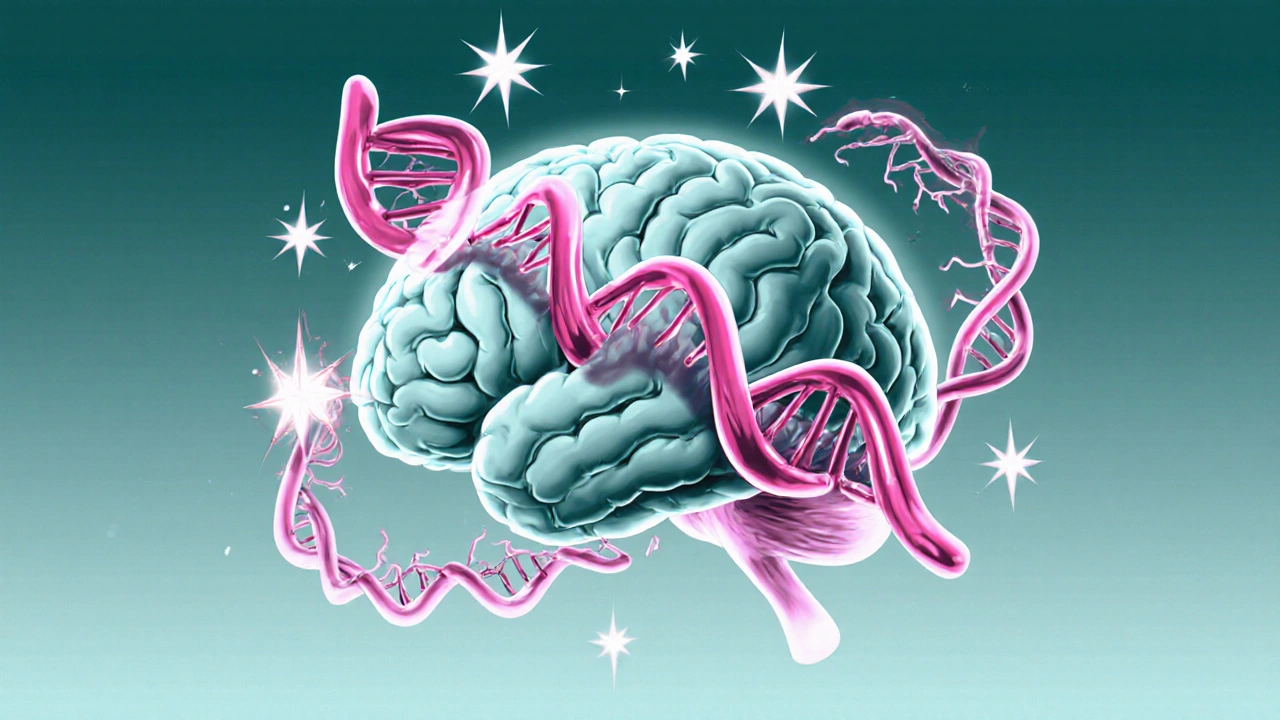Explore the latest on how genetics influences seizure disorders, key genes, testing options, treatment impact, and practical steps for patients and families.
Genetic Epilepsy: Causes, Genes, and What You Need to Know
When seizures run in families, it’s often not just bad luck—it’s genetic epilepsy, a type of epilepsy caused by inherited changes in DNA that affect how brain cells communicate. Also known as inherited epileptic disorder, it’s not one single condition but a group of seizure disorders tied to specific gene mutations that can be passed down from parent to child. Unlike epilepsy triggered by head injuries or infections, genetic epilepsy shows up because of your biology, not your environment. That doesn’t mean it’s inevitable—if you have the gene, it doesn’t always lead to seizures. But knowing your risk can change how you monitor, treat, or even prevent attacks.
Several key genes are linked to this condition. SCN1A, a gene that controls sodium channels in brain cells, is one of the most common culprits, especially in severe childhood forms like Dravet syndrome. Then there’s LGI1, a gene tied to adult-onset focal seizures, and CDKL5, often linked to early-onset seizures and developmental delays. These aren’t just names on a lab report—they’re real biological switches that, when flipped the wrong way, make brain cells fire out of control. Researchers have found that over 500 genes may play some role, but only a handful are confirmed as major drivers. If you or a loved one has unexplained seizures starting in childhood or with a clear family pattern, genetic testing can offer answers.
Knowing the gene behind your epilepsy doesn’t just explain why it happened—it changes how you treat it. Some medications work better—or worse—depending on your mutation. For example, people with SCN1A mutations often react badly to sodium-blocking drugs like carbamazepine, while others respond better to stiripentol or cannabidiol. This isn’t guesswork anymore; it’s precision medicine. And when a child has a known genetic epilepsy, families can plan ahead—monitoring sleep, avoiding triggers, and preparing for developmental support before problems arise. It’s not about fear. It’s about control.
What you’ll find in the articles below are real, practical guides based on actual patient cases and medical studies. You’ll see how genes like SCN1A and LGI1 show up in diagnosis, what testing really involves, how families cope, and which treatments actually work for specific mutations. No fluff. No theory without proof. Just what you need to understand, act on, and talk about with your doctor.

